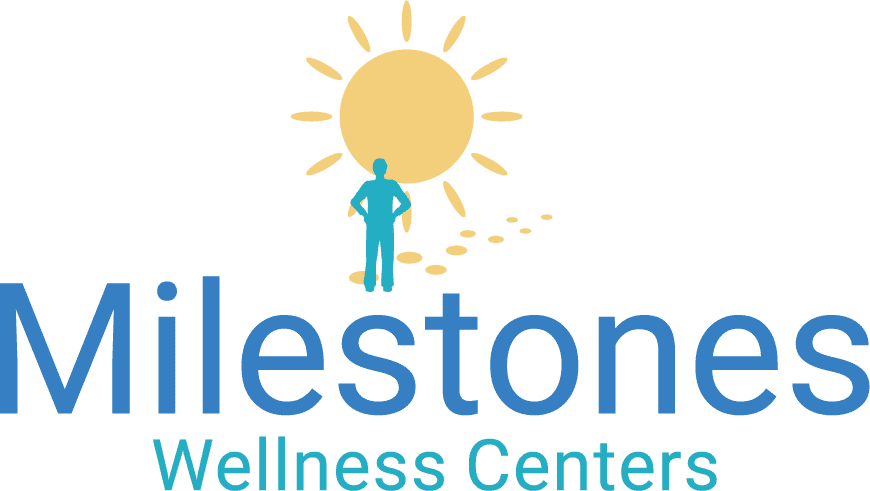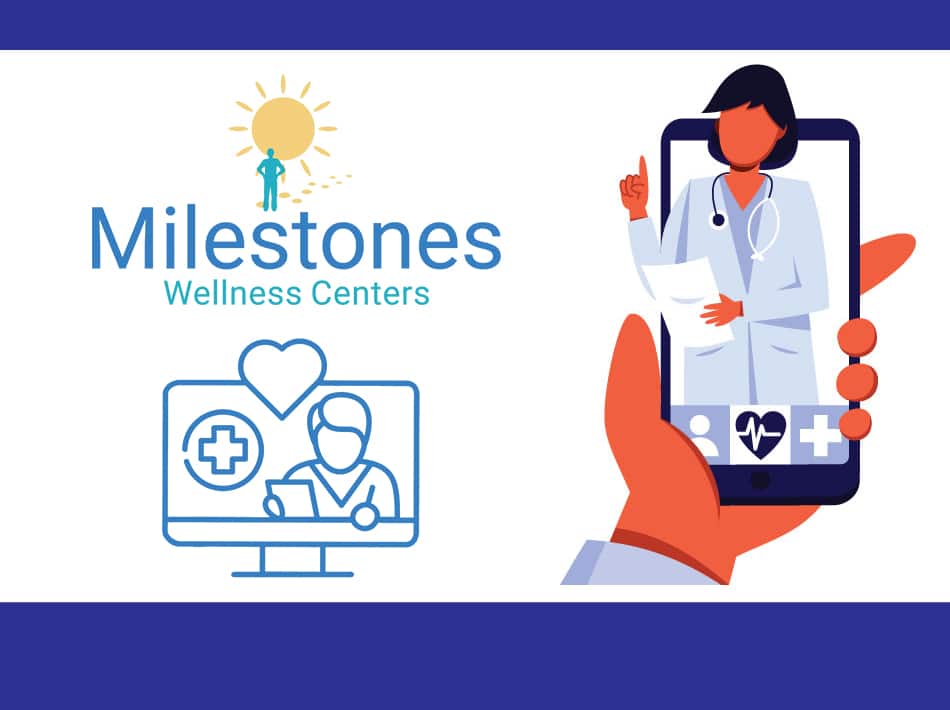Overview of Opioid Addiction in West Virginia
Before discussing the statistics of opioid addiction in West Virginia, it is important to note that any data takes time to collect. At the time of this article, much of the published data on addiction and opioid addiction in the state of West Virginia is a few years behind the current year. This is common, but the statistical data still is useful to show trends, as we know that overall, the opioid epidemic has only continued to grow over the years and data is expected to follow such trends. The Center for Disease Control and Prevention (CDC) requests that data on fatal overdoses is reported within four months, but they note that many states are behind this reporting request. And for more state specific information it can take years to be analyzed by the state. Per the graph below for opioid related overdoses we can see that the trend has continued to rise to 2024. With the reporting delays we know that not all the 2023 data is still available, but this provides a good overview of the most current data available.

Before getting into state specific information, it is important to understand how the opioid epidemic started and has evolved. First, the mid to late 1990s was when the prescription of opioid painkillers started drastically increasing which started incline in fatal opioid overdoses. As this start to the opioid epidemic was noticed and the over prescribing of opioid painkillers decreased heroin became more commonly abused. Second, in 2011 is when heroin related fatal overdoses began to surge in the United States. Shortly after the increase with heroin the introduction of fentanyl began to rise in opioid related deaths in 2014. Most recently, data shows the increase in fentanyl deaths is still on the rise as of 2020/2021.

As fentanyl related fatal overdoses continue to rise, that of prescription opioid painkiller related deaths have only marginally increased in the past decade. The majority of substance related deaths as of 2021 are related to fentanyl. It is important to note here that fentanyl is not only mixed with other opioids but has been seen in many other illicit substances including, but not limited to, cocaine and marijuana.

When it comes to state specific opioid related fatal overdoses West Virginia has unfortunately had the highest overdose death rates in the country from 2011 to 2021 (the most recent data available). This data is however covering all substances and not just opioid related deaths. In 2011 the fatal overdose rates were 31.5 per 100,000 people and climbed to 77.2 per 100,000 in 2021, which shows over a double increase in the overdoses in West Virginia. Just when looking at West Virginia compared to the rest of the United States per the West Virginia Department of Health & Human Resources Bureau for Public Health, which only has data as recent as 2018, West Virginia was greatly over the average in the United States for drug overdose mortality.

When looking at fatal opioid related overdoses in West Virginia the areas with the highest amount were the southern counties, followed by the eastern handle, and then the northern counties. The more central counties of West Virginia had lower to no overdose deaths related to opioids in 2018.

As with the chart above showing opioid related overdose deaths, the below chart contains fatal overdoses related specifically to fentanyl. If you compare both charts you will see that fentanyl makes up over half of the opioid related fatal overdoses and the counties affected are generally the same, especially those with greater than 20 fatal overdoses in 2018. And as mentioned earlier fentanyl was not very common until 2014, which the data in West Virginia also supports this as there was a drastic increase in the number of fentanyl related fatal overdoses starting right after 2014.

Treatment Centers Offering Opioid Addiction Treatment in West Virginia
As with all other states there is a variety of treatment services provided in West Virginia. However, due to the rural nature of the majority of the state of West Virginia, the amount of treatment facilities is limited, and largely in the more populated areas such as Morgantown, Beckley, Parkersburg, and Huntington. The treatment services available range from the highest level of care, which is that of in-patient facilities, to that of outpatient treatment. The level of care an individual needs is specific to their situation. As this is true anyone first starting recovery would benefit from starting with in-patient treatment if that is a feasible option for them. Some people may even go back and forth through differing levels of care as they may have struggles starting their recovery or remaining in abstinence.
Telehealth treatment options in the state of West Virginia are more limited than that of most other states. This is partly due to the overall lower number of treatment facilities and medical providers. And many of the larger telehealth addiction treatment facilities do not operate in West Viriginia for reasons unknown to the author of this blog as that is their trade information which is not readily available to the public. A goal at Milestones Wellness Centers is to decrease the barrier to opioid addiction treatment by assisting those in more rural areas who have fewer, if any, treatment options available to them.
Cost and insurance coverage at times can be a barrier to some seeking opioid addiction treatment. Many individuals in the state of West Virginia are receiving insurance through the state provided Medicaid or Medicare programs. These programs have some of the lowest pay rates to treatment facilities which causes barriers to receiving treatment. Some facilities are not able to operate on receiving such low funds for treatment services. This will cause them to either not accept those on Medicaid or Medicare or must limit the number of patients they have on such insurance plans. Also, other insurance plans can have low reimbursement rates which vary greatly depending on the plan and can cause the same treatment barriers as that with Medicaid and Medicare. This goes for all levels of treatment from in-patient to outpatient treatment facilities.
For some individuals they may not have insurance to assist with any cost of their treatment, either the treatment itself or the medications they may require. This can be very costly especially if the level of care that is right for the person is in-patient treatment. In-patient treatment prices vary per facility but can easily get into the tens of thousands of dollars per stay. Outpatient treatment on the other hand can be greatly more affordable, but cost should not depict the level of care a person is receiving. Do remember that opioid use disorder if gone untreated often ends in fatal overdose, so therefore no cost is too much in this scenario. Some states and counties do have Drug and Alcohol Programs and/or Commissions which may be able to assist in the cost of opioid treatment services.
Medications for Opioid Used Disorder (MOUD) is the updated terminology used in place of Medication Assisted Treatment (MAT) to treat those with Opioid Use Disorder (OUD). As the terminology for the name of the treatment has changed, the principle behind the treatment has remained the same. What this treatment provides is the use of medications to assist with the cravings and withdrawal symptoms associated with opioid dependency. There are two types of medications for MOUD treatment which are Methadone and Buprenorphine (more commonly referred to as Suboxone). An advantage of Suboxone is the use of Naloxone which is an opioid agonist which is missing from Methadone. This provides a fail-safe against relapse and would assist in accidental overdoses if a relapse should happen, but this is not a guarantee. It has been proven that those suffering from opioid use disorder and receive MOUD treatment, specifically those with Buprenorphine (Suboxone) are three times as likely to have success in their recovery




